India is home to 4.8 million blind people and the majority of them should not have been blind as more than 75 per cent of blindness is preventable. A patient can be saved from losing their sight, if common eye ailments like cataract, glaucoma, refractive errors and retina diseases like Age-related Macular Degeneration (AMD) and Diabetes Macular Edema (DME) are diagnosed on time.
While awareness and a robust healthcare system that makes eye care facilities more accessible is the need of the hour, in this booming internet era, the healthcare industry is turning to Artificial Intelligence (AI), apps and software to make medical attention affordable.
One such device is a portable eye-screening cost fundus camera, called 3nethra. Designed and built by former colleagues Kuppuswamy Chandrasekhar and Shyam Vasudev, it screens the anterior (cornea) and posterior (retina) for four eye diseases — cataracts, diabetic retina, glaucoma and cornea issues within five minutes. Unlike other devices, this one can work without dilating the eyes.
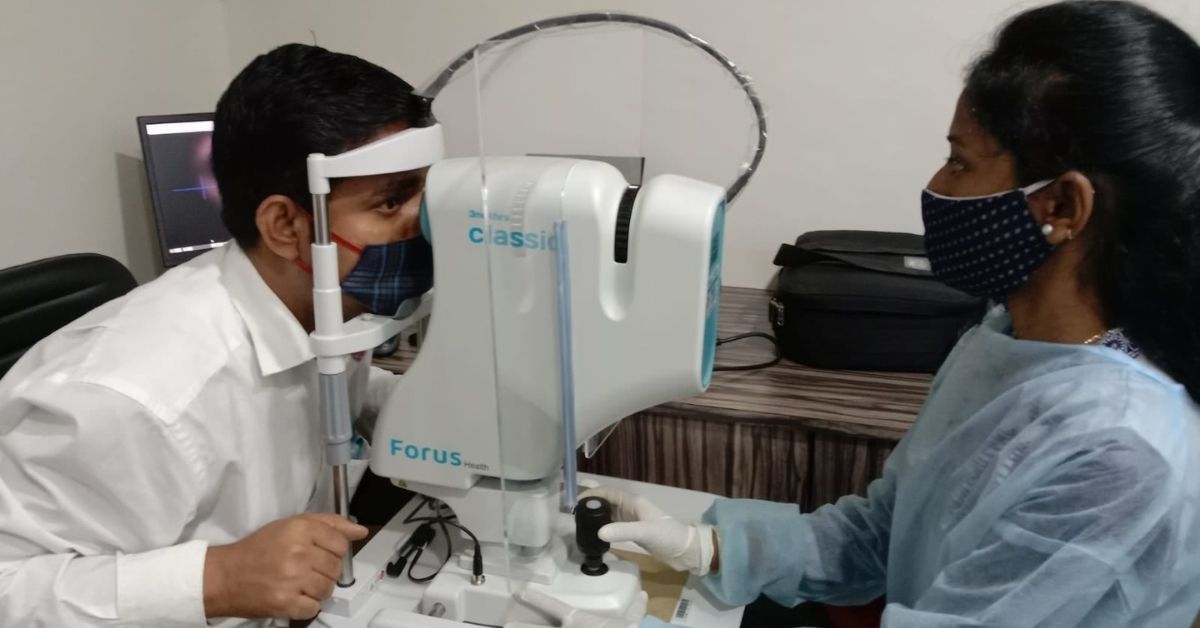
The duo took advantage of the ease of ‘instant connectivity’ to treat preventable blindness effectively in 2010. Since then 3,000 portable and low-cost devices have been deployed in 45 countries screening over 7.5 million people. “The devices have prevented 1.5 million people from going blind over the last decade,” Chandrasekhar, founder of Forus Health, tells The Better India.
While Shyam left the company in 2016, the resourcefulness of the device prompted Chandrasekhar to launch two more devices that can prevent blindness in premature infants and one that captures colour, red free, and Fluorescein Angiography (FA) retinal images of the human eye.
What Makes the Device A Game Changer

It was a life-changing seminar that inspired Chandrasekhar, an alumni of BITS Pilani, to quit his last job at Philips. He says, “Dr Aravind Srinivasan of Arvind Eye Care Hospital was talking about the close connection between poverty and visual impairment. Visually impaired become a liability for the already marginalised family and blindness reduces the chance of a stable income. It is a vicious cycle, if you don’t have the means to get an eye checkup, you will lose vision which in turn will make you poorer. It affects education, work and the overall quality of life.”
According to a World Health Organisation (WHO) report, people from low and middle-income regions are four times less likely to receive medical attention than in high-income areas. As a result, the rate of blindness in non-wealthy countries is eight times higher. This divide is further in India’s rural and urban landscape. To make things worse, India’s doctor-patient ratio is highly uneven with one ophthalmologist for every 70,000 people.
Thus the solution-oriented device would not just be low-cost but one which can penetrate in the remotest areas. It would have to acknowledge and address the medical specialist scarcity.
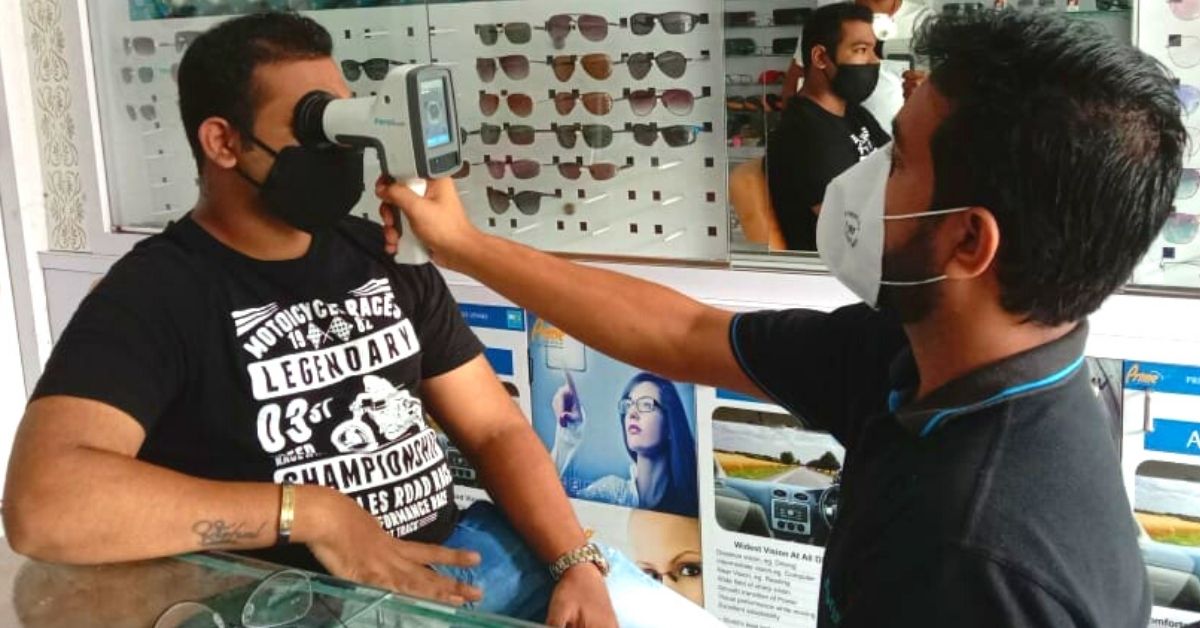
Chandrasekhar came up with an amalgamation of software, hardware and optics that can give a high quality image through screening which can be used by clinical experts to examine whether the person needs medical attention. It can help the specialists prioritize cases. Keeping in mind the erratic power supply in rural areas, the device is designed in a way that it can run for four hours on just 10 watts of power.
“The easy-to-use device can be operated by minimally trained technicians. It captures the high-resolution image of the human eye with a great deal of precision and identifies signs of eye diseases. The information is sent to the ophthalmologist sitting anywhere in the world. It assists clinicians in the evaluation, diagnosis and documentation of visual health,” says Chandrasekhar.
The 3nethra neo is a hand-held device to diagnose Retinopathy of Prematurity (ROP) — a vision threatening problem among premature babies. If unchecked, the babies can lose their vision within 45 days from birth. The clinical validation of the product was done by screening 1,000 babies in Bengaluru’s Narayana Nethralaya. The camera of this device is lighter by 400 grams than its counterparts.
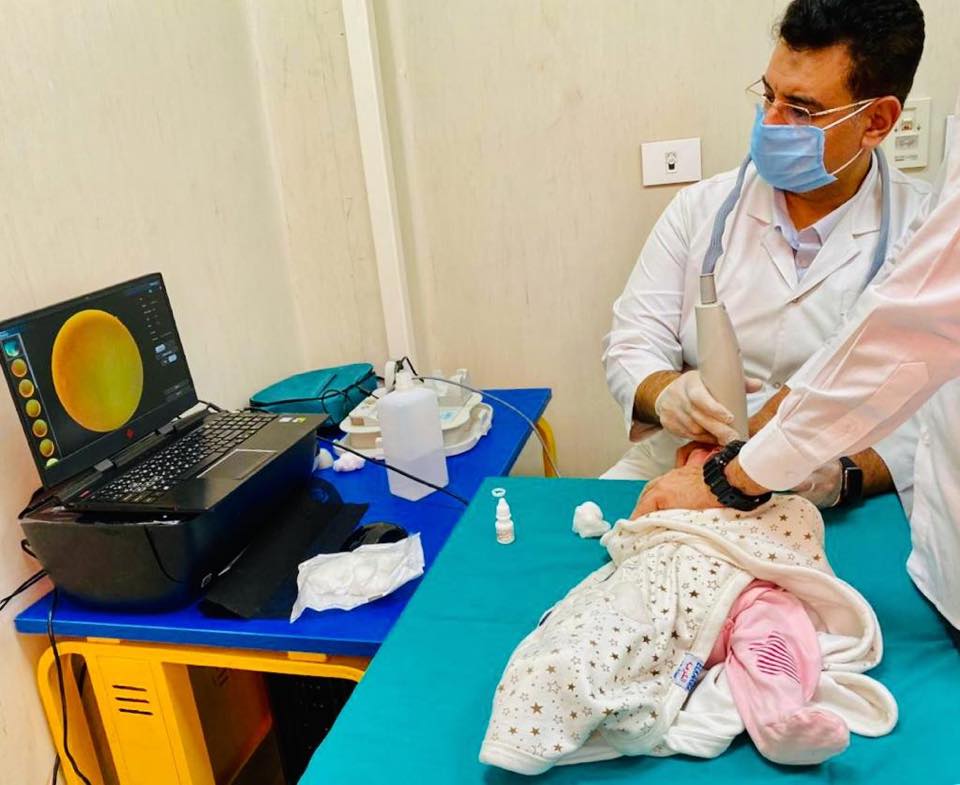
Due to devices’ portability, weight and ease of transportation, they can easily be set up in private clinics, hospitals, mobile screening camps, and can even be taken door-to-door.
Dr T Senthil, Ophthalmologist and Director of Welcare Health Systems in Chennai says 3nethra can be very effective for diabetic patients as well. He procured the device in 2014 and since then he has screened over 15 lakh patients.
“Diabetic retinopathy, a complication of diabetes, can cause blindness if left undiagnosed. However, if caught early by doing regular visits to an ophthalmologist, the patient can save their eyes. One in four diabetic patients have retina-related problems in India. There are 20,000 ophthalmologists for over 70 million diabetic patients so it is not possible to diagnose every patient regularly. Instead of waiting for the patients to go for checkups after developing symptoms, devices like 3nethra can be taken to them by setting them up in diabetic clinics and general hospitals. The device is effective for mass scale diagnoses,” Dr Senthil tells The Better India.
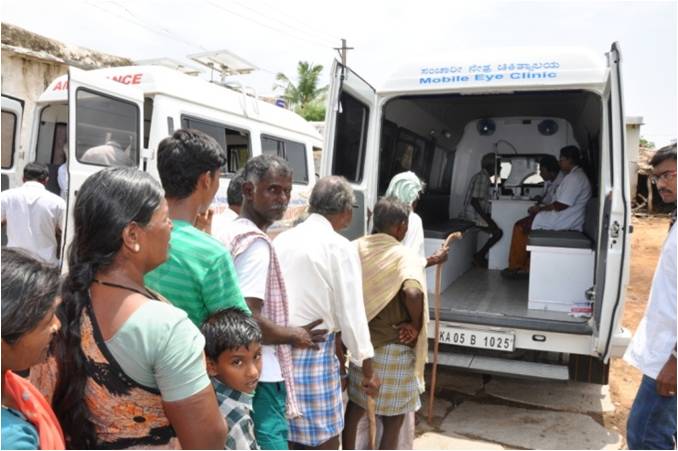
Karnataka Internet Assisted Diagnosis of Retinopathy of Prematurity (KIDROP), a non-profit infant blindness prevention, detection, and treatment program, uses eight 3nethra neo wide-field imaging systems to conduct eye-screening programmes in more than 30 government NICUs in the state. From Guatemala, Mexico, Ethiopia, Myanmar, Philippines to slums of Mumbai, the device has changed several lives.
Making inclusivity a priority
Forus Health’s device comes at one-third the cost of other devices in the market, as it uses local lenses, PCBs and shells. Instead of going for the costly CCD (charge-coupled devices) technology, they opted for the CEMOS technology which consumes less power. Money was further saved by reducing the volume of hardware equipment and putting more emphasis on the software processing part.
Besides cost, Chandrasekhar worked on transforming the image of 3nethra from just a product to a service that can be availed by patients, optic vendors and doctors. He developed a digital space where doctors can connect with patients.
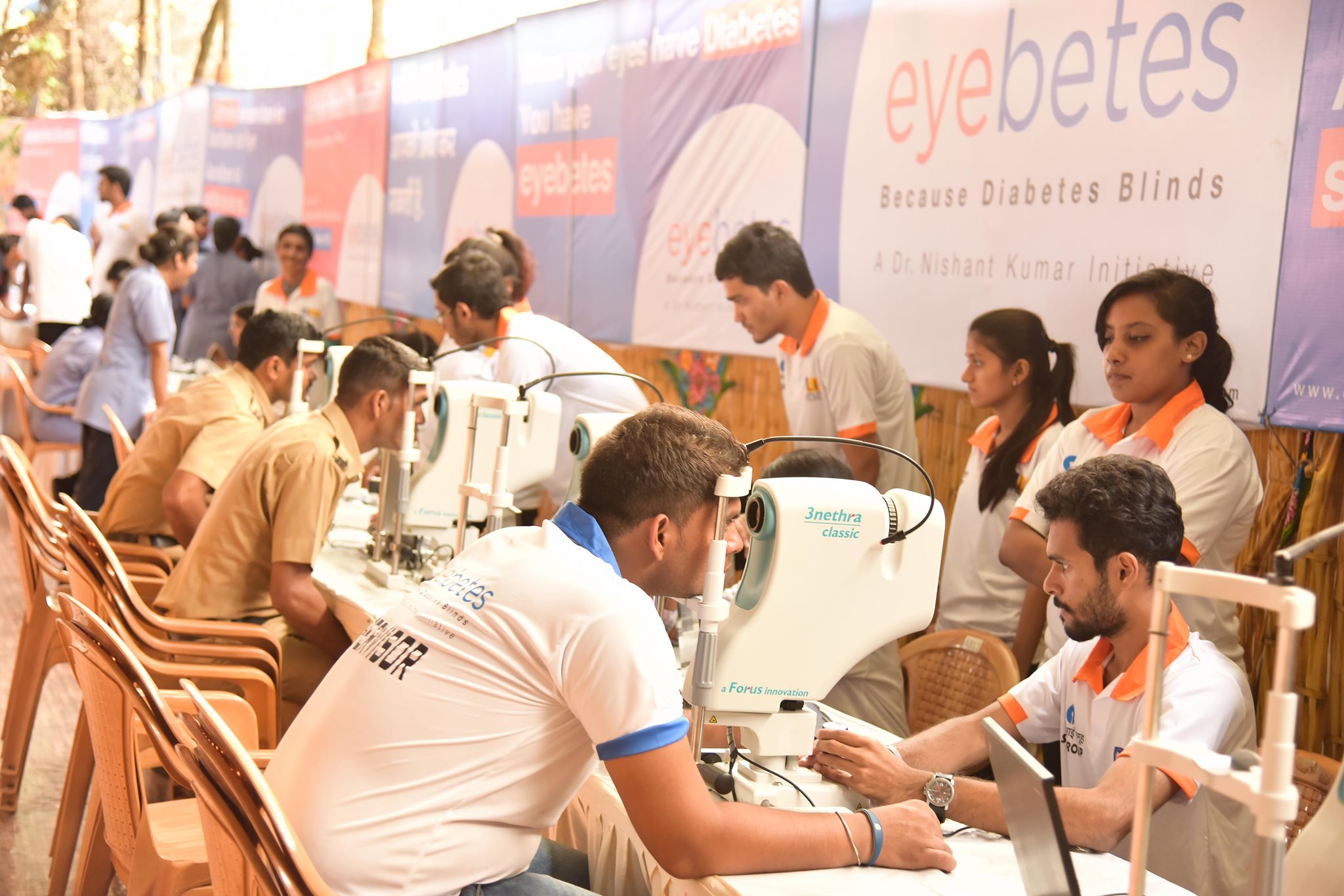
“Our company’s aim is to solve avoidable blindness and this can be achieved by becoming service providers with complete end-to-end solutions in the next 10 years. We want to encourage home screening, create vision centres equipped with 3nethra in rural areas and ensure people are educated to be able to approach a hospital without worrying about the high costs,” he adds.
All images are sourced from Forus Health/Facebook
Edited by Yoshita Rao
No comments:
Post a Comment